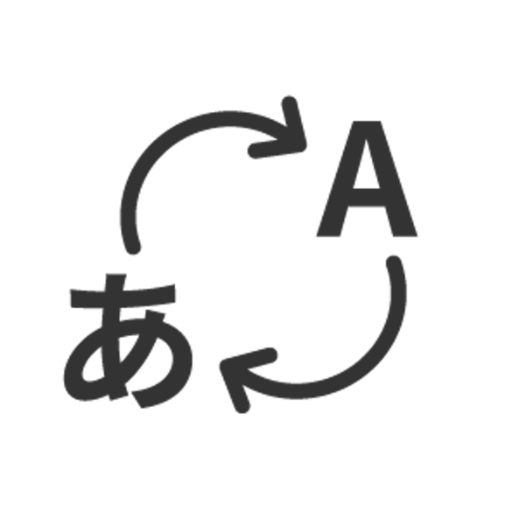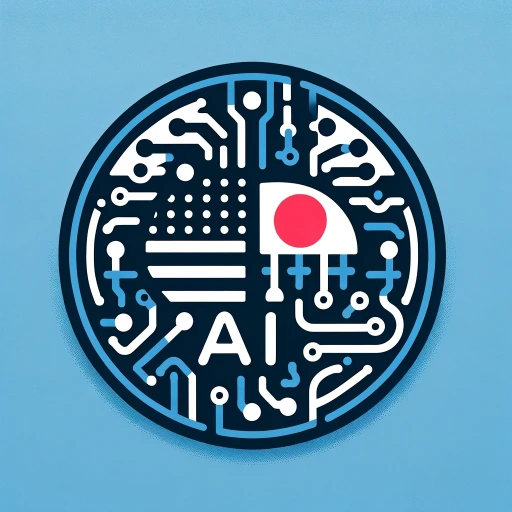Translation (Japanese-English)-Japanese to English translation tool.
AI-powered Japanese to English translator.
Related Tools
Load More
シンプルな日英翻訳
日本語↔︎英語の翻訳ツール。翻訳した文章の下にコピーマークが出るよ📋

Japanese-English Translation Aid
A tool for translating text between Japanese and English.
日语翻译
将接收到的文本翻译为日语,得体、优雅、礼貌。

日↔英 翻訳機
Simple and high-performance English-Japanese bidirectional translator

Translate to Japanese
Translate any Language to Japanese

Language Translation (EN-JP)
Translate between languages, and be told whether your original translation sentence was natural or not to a native speaker. Perfect for language learners!
20.0 / 5 (200 votes)
Overview of Translation (Japanese-English)
Translation (Japanese-English) is a specialized tool designed for translating content from Japanese to English and vice versa. Its primary purpose is to provide accurate, context-aware translations that capture the nuances of both languages. The tool leverages advanced natural language processing (NLP) techniques to handle different types of content, including technical documents, conversational language, literary works, and business communications. It is designed to help users overcome the linguistic and cultural barriers that often exist between Japanese and English, ensuring that translations are not just literal but also meaningful in the context of the target language. For instance, the Japanese phrase 'お疲れ様です' (otsukaresama desu) can be translated in multiple ways depending on context. While a literal translation would be 'You are tired,' this phrase is often used in a work environment to express appreciation for someone’s effort, and a more appropriate translation would be 'Thank you for your hard work' or 'Good job today.' The translation tool understands such nuances and adapts based on context.

Core Functions of Translation (Japanese-English)
Basic Sentence Translation
Example
Translating a sentence like '昨日、私は友達と映画を見ました' into 'Yesterday, I watched a movie with my friend.'
Scenario
A user who needs to understand or communicate simple phrases or sentences in either language can use this function. For example, travelers may use it to understand street signs, menus, or short conversations.
Contextual and Cultural Translation
Example
The phrase 'よろしくお願いします' is commonly used in Japanese but lacks a direct English equivalent. Depending on context, it could mean 'I look forward to working with you,' 'Please take care of this matter,' or 'Thank you in advance.'
Scenario
Business professionals engaged in cross-cultural communication often encounter phrases that require deeper understanding of cultural contexts. This function helps bridge cultural differences by providing translations that are appropriate to the situation rather than being direct, literal translations.
Technical and Specialized Translations
Example
Translating the phrase '制御システムの最適化が必要です' into 'Optimization of the control system is necessary.'
Scenario
This function is ideal for users dealing with highly specialized fields such as engineering, IT, law, or medicine. In these fields, precise terminology is critical, and this function ensures that jargon and technical terms are correctly translated without losing their specific meaning.
Target Users of Translation (Japanese-English)
Business Professionals
Business professionals who are engaged in international trade, marketing, or cross-cultural teams benefit from this service. They often need accurate translations of emails, contracts, marketing materials, and meeting notes to avoid miscommunication that could impact deals or relationships. Since Japanese business language is often formal and indirect, this tool helps translate not just the words but the tone and intent behind them.
Students and Academics
Students learning Japanese or English, as well as researchers working on bilingual projects, often require precise and contextually aware translations. For academic texts, where specific terminology and concepts are crucial, this tool helps maintain accuracy and nuance. It is especially useful for students studying abroad or working on language assignments, as well as researchers collaborating internationally.

Steps for Using Translation (Japanese-English)
1
Visit aichatonline.org for a free trial without login, no need for ChatGPT Plus.
2
Enter or paste the Japanese text you want to translate into the input box. You can either upload a document or directly type in the text.
3
Select 'Japanese to English' as the translation direction to ensure the correct language processing.
4
Click the 'Translate' button, and the AI will instantly generate an English translation with high accuracy.
5
Review the translation for accuracy, and if needed, you can refine specific terms or phrases using additional context provided by the tool.
Try other advanced and practical GPTs
foreign language↔日本語
AI-powered translations for Japanese and beyond

Translate to Japanese
AI-powered Japanese Translation Tool

Japanese Jisho
AI-powered insights for mastering Japanese

Japanese Navigator
AI-powered Japanese-English translations

なんでもロゴクリエータ
AI-powered custom logo generator

Exercise Anywhere
AI-powered exercises for everyday waits.

UTEMPLA for Hotels
AI-powered content for hotels' marketing needs.

Keyword Research
AI-Powered Keyword Insights

Research Development Smart Tool (RDST)
AI-Powered Support for Research Success

日本語を勉強しましょ
AI-powered Japanese language learning made easy.

Monte Carlo Simulation Code Expert
AI-powered Monte Carlo simulation coding assistant

Board Games
AI-powered board game expertise

- Academic Writing
- Creative Writing
- Business Documents
- Technical Manuals
- Casual Messaging
Common Questions About Translation (Japanese-English)
What types of texts can I translate?
You can translate a wide range of texts, from casual messages to professional documents, academic papers, or creative writing. The tool is versatile enough to handle complex language structures, making it suitable for both formal and informal contexts.
How accurate is the AI translation?
The AI is highly accurate, especially for standard Japanese to English translations. It excels in handling common phrases, idioms, and technical terms. However, some nuanced phrases or highly context-specific content might require manual adjustment.
Can I use the tool for academic or technical writing?
Yes, the tool is perfect for academic and technical writing. It can accurately translate specialized vocabulary and complex sentence structures, making it ideal for research papers, reports, and other scholarly documents.
Does the tool support real-time translations?
While the tool is not designed for real-time spoken translation, it delivers near-instantaneous text translation. For live or on-the-go translation, you can input the text, and the output will be generated in just a few seconds.
Can I use it without creating an account?
Yes, you can access the tool and perform translations without creating an account or signing in, making it very user-friendly and accessible.